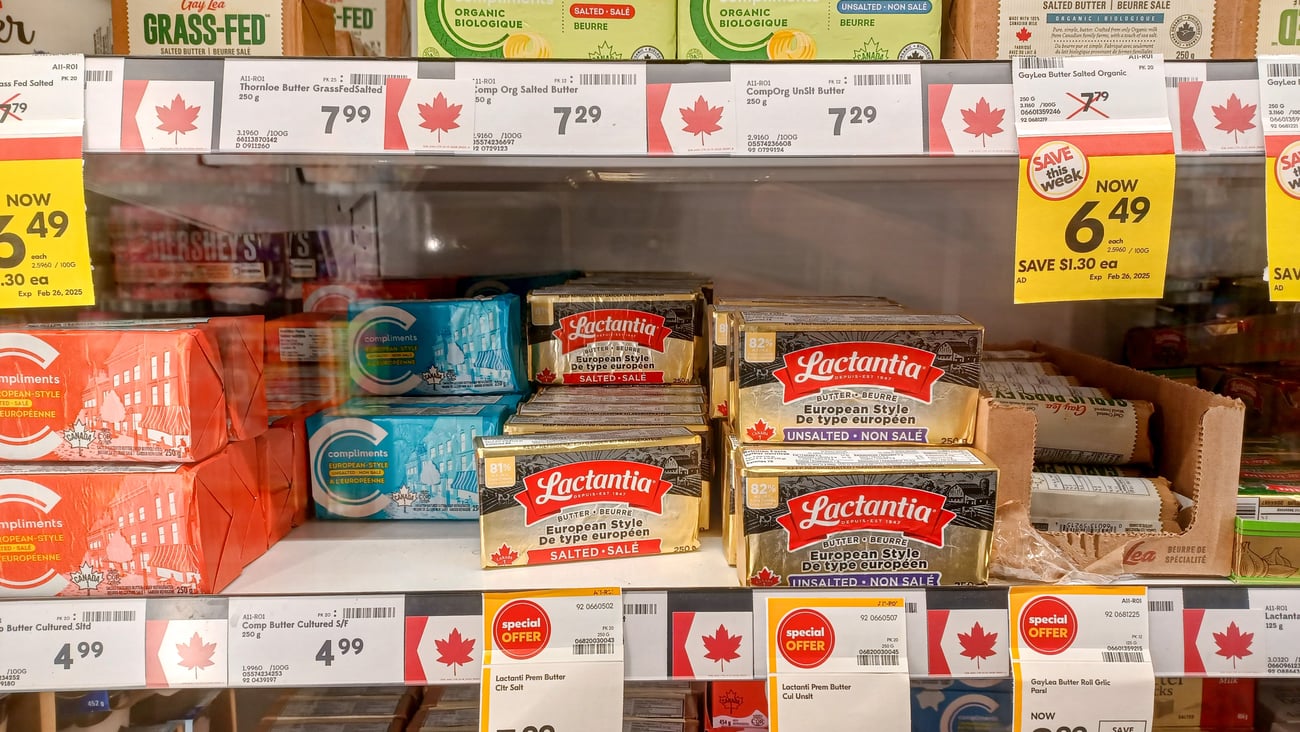Solving for mealtime
Of all the things that have changed as a result of the pandemic, spending more time at home is likely to be the biggest. Since the lockdown came into effect, life has changed so much that it’s difficult to remember what it was like before. The good news is there is a light at the end of the tunnel with promising vaccine candidates providing hope for a return to “normalcy” in 2021.
The question is, what will “normal” look like after COVID-19? More specifically, will the shift to spending more of our lives at home persist? This gradual move was already taking place prior to the pandemic due to advances in technology. Streaming services offer a greater variety of quality entertainment on demand, shopping and getting takeout at home has never been more seamless, and many jobs can now be done from anywhere. COVID-19 has only accelerated the changes that were already happening.
What does this mean for grocers? Research affirms that Canadians are also spending more time in their kitchens, with three-quarters saying they are “cooking more meals at home because of COVID-19.” One welcome byproduct of the pandemic is many Canadians are likely to become better cooks. In response, grocers can help by providing meal solutions beyond groceries. What this means is proactively offering the ideas and tools to bring meals to life, such as with ingredients conveniently packaged together with instructions to create appealing dinners. In essence, the move to more in-home cooking means grocers would be well-served by having strategy around meal kits.
Canadians’ cravings for new meal ideas
is an opportunity for grocers
More time at home can lead to a scenario where it’s easier to fall into ruts at mealtime. Although there’s something to be said for familiarity and the comfort it brings, too much familiarity breeds boredom. Meal kits are primed to offer a spark of inspiration that encourages trial and promotes new products. When consumers were asked why they used meal kits over the past half year, the top reason they gave is that these kits provide “new meal ideas” followed closely by they “simplify meal preparation.”
Aside from capitalizing on meal kits’ perceived benefits, grocers are also in a good position to address the main challenge they face. Meal kits are simply too expensive for many consumers, and by making them available in their stores rather than through delivery, grocers can address this barrier. As many grocers have developed their home meal replacement programs, meal kits represent a similar opportunity to drive traffic and be a compelling point of differentiation. Indeed, there are examples of retailers who have already made this investment, selling meal kits in different formats that require various levels of involvement from the consumer. This includes options that require from-scratch cooking or other variants where much of the preparation is already done and require only some assembly. For grocers considering investing in a strategy around meal kits, now is the time. Proof? More than half of meal kit consumers have stated: “COVID-19 motivated (them) to try meal kits for the first time.”
Clearly, COVID-19 has resulted in Canadians spending more time at home and this is a shift that may persist when the pandemic is over. Grocery retailers that invest in providing meal solutions such as meal kits are in a better position to benefit from this dynamic.
Joel Gregoire is associate director, Food & Drink at Mintel, the world’s leading market intelligence agency. Based in Toronto, Joel researches and writes reports on Canada’s food and drink industry. @JoelDGregoire




